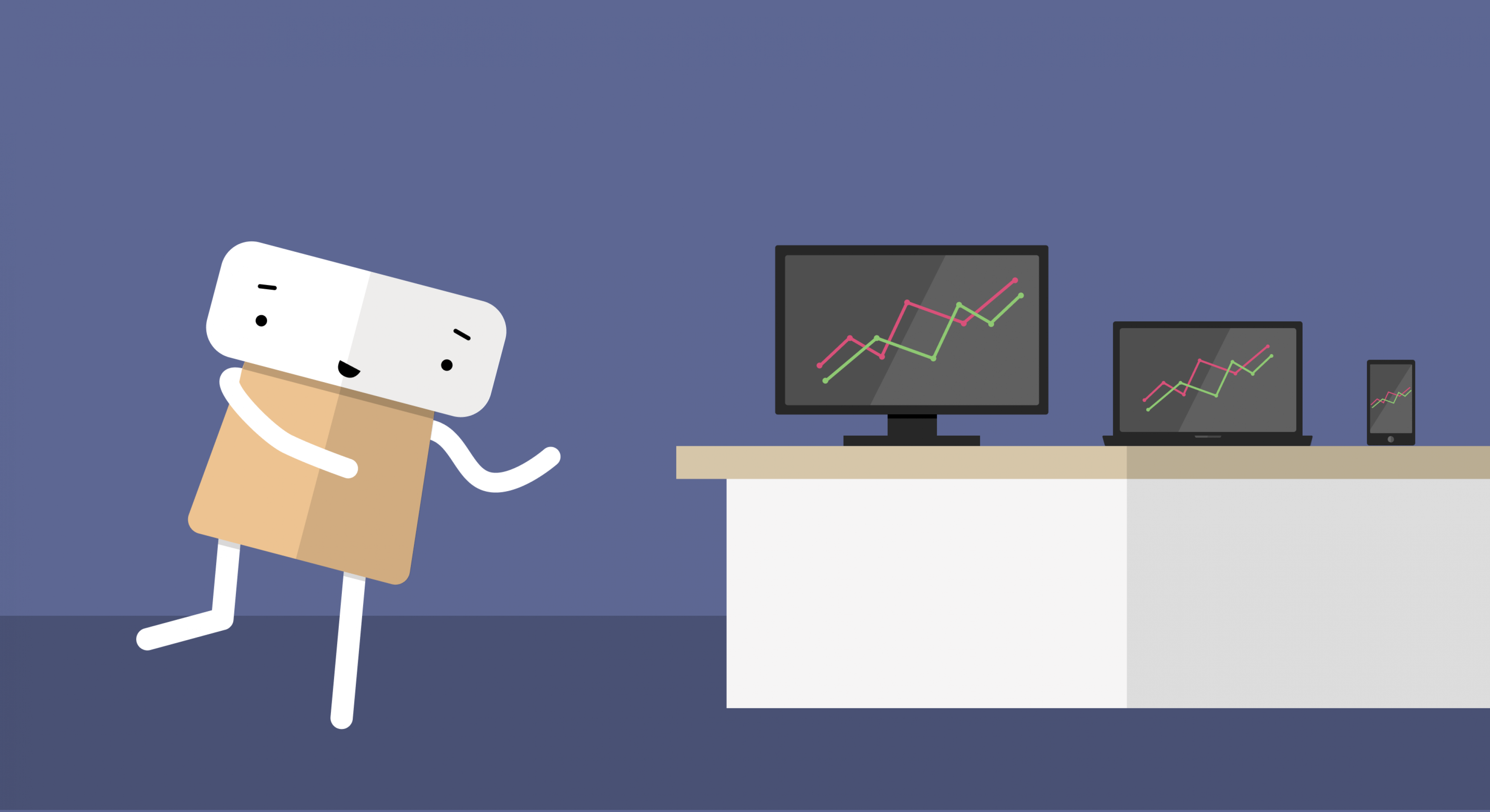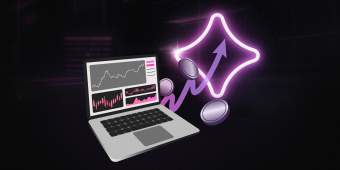Healthcare innovation isn’t part of the DNA of the traditional American medical system. This is a good thing. We want this industry to be risk averse — when your job is to heal, taking a risk might kill.
The problem starts when business of healthcare is also risk averse. Hospital systems, administrators, and even doctors continue to reinforce outdated ways of operating and haven’t kept up with more modern and relevant approaches to the patients.
The result? The patient experience suffers across the board. Incentives in this space are massively misaligned against providing the best care for patients. Hospitals and providers make money based on services rendered, which means profit is made when they maximize prices and frequency of services, regardless of patient outcomes. To drive business, doctors must work with payers, and not with the open market. This means providers aren’t held accountable to health and healing, and there’s no price transparency nor open competition for patients.
Innovation in the US healthcare system has stagnated and patients are left shortchanged. The next revolution in healthcare requires a transfusion of innovation into a much improved patient experience. Prioritizing the user experience in the healthcare setting toward a patient-centric point of view will be the way tech can help innovate in the healthcare space.
Patient and provider experience needs to be prioritized
Software and product designers focus heavily on user research when developing a new product. This patient point-of-view seems to be missing from the healthcare innovation sphere. The ways patients interact with their local doctors, bigger hospitals, pharmacies and every other piece of the total health equation could be wildly improved by finding out pain points from patients and working toward much improved solutions.
Why is the experience of using the latest app so much different than dealing with any hospital or insurance provider? In an age where so many new pieces of software feel intuitive to human use, healthcare can feel like the dark ages.
If tech can create a full-circle user experience that incorporates what matters most to patients — easy to use and understand, fast to get responses from providers and caregivers — real impact is possible. It’s also an opportunity to include the social aspect of care. Many patients are not alone in their treatment, they often have family and friends who are involved in care. The opportunity to create solutions that incorporate a patient’s broader network of support is big.
One of the other ways patient experience can be improved is by using technology to reduce the issues in the provider’s experience. Doctors, nurses and hospital staff have been plagued by burnout for decades now. The processes they have to undertake to provide quality care leaves them just as stressed as the patients receiving it. It’s imperative that technology companies think how to improve the process of capturing, organizing and sharing data within doctor’s offices and across any other medical professional platforms.
Where tech can be hindered in its progress
One of the biggest reasons insurance companies and healthcare businesses haven’t invested in innovation is the legal red-tape that goes into developing new technologies. HIPAA is a justifiably big concern in healthcare. Violating terms here can get licenses revoked and ruin an entity’s ability to work in healthcare again. As such, tech must devote its innovation efforts to disrupting and innovating within the bounds of these policies or outside of their regulations in general. There are big gains to make by showing profitability can coexist with preventative care and a positive user experience. Sometimes, it depends on it.
Healthcare innovation through IoT
Table XI has plenty of Internet of Things examples. But while manufacturing and trucking and art and many other industries have all embraced IoT, healthcare has lagged. Consumers already have their phones and watches tracking their steps, sleep cycles, calories and everything else involved in pursuit of a healthy lifestyle — incorporating this data into treatment plans with physicians is a natural connection.
IoT can improve the more daunting area of innovation: medical devices. Compiling data and trends for specific populations through the devices they use for care could fill in details missed in checkups. HIPAA regulations — and overall privacy concerns — can understandably make this tech development tougher to take to market. Proof of concept in less high-stakes situations like sleep cycles, however, show the possibilities.Some companies have already found ways to innovate within current regulations to show a patient and provider focused innovation can go a long way to improve healthcare experiences.
Some of the companies doing this work:
- Soom — They have created a platform and network so patients who use medical devices can scan a device to see if it is up to date and functioning properly. Users can get safety instructions and up to date information about whatever device they use. The platform also helps warehouse workers transporting devices about the global trade compliance info. All of this was previously difficult information for anyone in the supply chain to easily get access to.
- SwipeSense — This is a new platform that helps hospital staff track their hand hygiene. They developed a sensor that staff put their hands under before they do anything touching a patient or tools and it will show whether it is necessary to wash. It tracks the overall health of an institution by documenting the hands of its caregivers. It has also expanded to hospital asset cataloging, which can save hospitals so much money by using data to only get necessary
- Quin Technologies — Quin has taken a multifaceted approach to guiding it’s diabetic users on insulin management. So many things can affect a person’s glucose levels that don’t give you a one-size-size fits-all method for keeping you insulin levels in a good range. Quin uses data from daily life experiences of the user and advises them on best times and what dose of insulin will work best for their bodies. By using empathy and ingenuity, Quin is able to give its users a customized solution for diabetes treatment.
By bringing a tech background to the problems of medical devices and hospital supply chains, the issues within these areas can be forgotten.
See how our homecare app brought caregivers and families together
Healthcare innovations are for the greater good
Ask many Americans who have dealt with the insurance or hospital system in any meaningful way, and they will have a myriad of pain points. So much of care is siloed or stuck with antiquated software and regulations. Tech can make a huge impact on people’s everyday lives by disrupting the status quo in healthcare.
The key is to bring all the benefits of consumer tech to the industry in a way that follows regulations, protects patients and improves outcomes.




